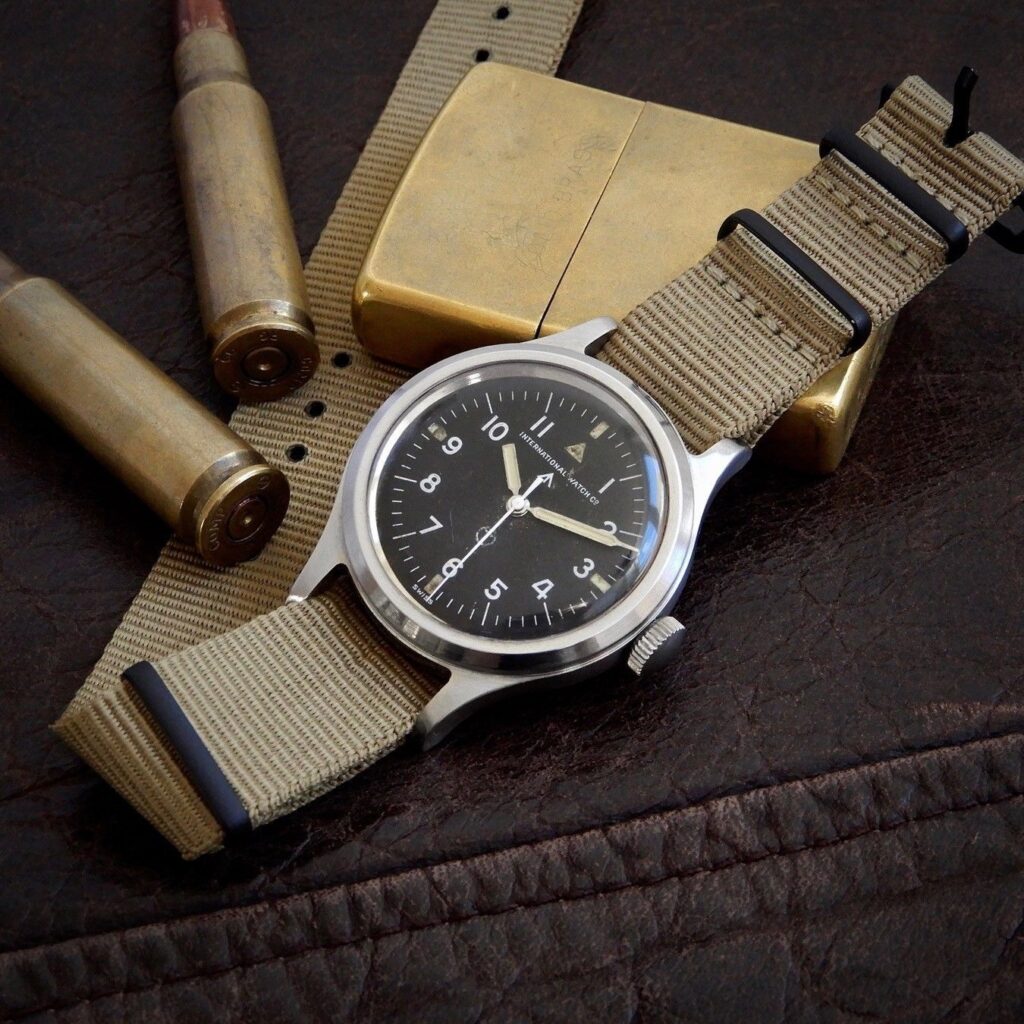Heirloom Watches: Time and Tradition
Watches have been handed down as an heirloom item for centuries. The practice almost dates as far back as the 16th century—when the first watches were being invented. In the beginning, watches and watchmaking were strictly passed to apprentices (who were learning the family business/trade). However, the overall use and ownership of these watches was often adopted as a novelty reserved for the wealthiest members of society. So, what might have been the social and cultural factors that influenced the more widespread act of handing down a watch? It’s something that—no pun intended—took some measure of time.

In looking at the tradition of the heirloom watch, it helps to check out a bit of history on the personal watch itself. The first watches to ever be worn were unique pieces of engineering. As it were, the first watchmakers were clock makers that were trying to design smaller and smaller timepieces. Small being a relative term, these first personalized pieces were encased in decently large pendants made of brass. These ornate watches featured only an hour hand and ran on Verge Escapement movements. The Verge Escapement was a movement that was originally designed for big town square clocks in the 14th century. So, before Flavor Flav’s iconic neck-clock chain, it was trendy to wear what was a larger timepiece around your neck. However, the timepieces of the 16th century were—as stylish as they may have been—not being mass produced for wider patronage. Indeed, it was often only the wealthiest people who could support these early inventions. In these earlier days, the idea of passing a watch down was likely seen as part of a royal inheritance—not a common transaction. However, the uniqueness and prestigious aspect of these early pieces built into the greater narrative of watches being both personal and valuable.
In the ensuing centuries, advancements in watch technology made them more affordable; practical; and accessible. By the middle of the 19th century, the modern pocket watch had become a staple of elevated men’s fashion. Featuring a flatter case with rounded edges, a fob (from the German fuppe meaning small pocket), and an actual minute hand, these vogue pieces were the culmination of years of practiced and inventive watchmaking. With an ever-growing middle class, as well, ownership of these timepieces became a mark of increased wealth in Western society. The growing use and ownership of watches meant that new generations were ripe for carrying on a legacy through ownership—if nothing else but to preserve a valuable asset if times got tough. However, watches do not (or did not) always mean wealth. They too became symbols of a person’s life work, their achievements, and their legacy. In addition, watches were sometimes given as gifts from employers (a tradition in and of itself) as a tribute to the ingenuity of the watch’s owner.

As watch technology and ownership moved into the 20th century, so did this growing heirloom tradition. The first half of the 20th century saw the emergence of global war and conflict. Alongside these wars were technological developments in time keeping. More specifically, World War One was the key driving force in engineering men’s wristwatches. Many fathers and grandfathers fought in these world-changing wars and came back home with battle hardened timepieces on their wrists—coming home to their own father’s (or grandfather’s) time-tested pocket watch.
As it stands, the sentiment and importance belonging to a family timepiece is based in the achievement and history of a family’s ancestry. As well, a pocket or wristwatch can have a monetary value that adds to the wealth of the owner’s individual coiffers. Though it took some technological growth; social changes; and political changes over the centuries, keeping a timepiece up-and-running—and passed down from generation-to-generation—is a practice that has just as much longevity as the watches themselves. So, whether you have an old pocket watch or a newer wristwatch—keep it close and enjoy the history you have on your wrist or in your hand. After all, many memories are meant to be timeless.
Times Ticking has been in operation for more than 30 years, since 1982. We have performed watch repair for customers both locally and internationally. If it Ticks! We KNOW it! Our team of watch repair technicians have a combined experience in watchmaking of over 120 years.

